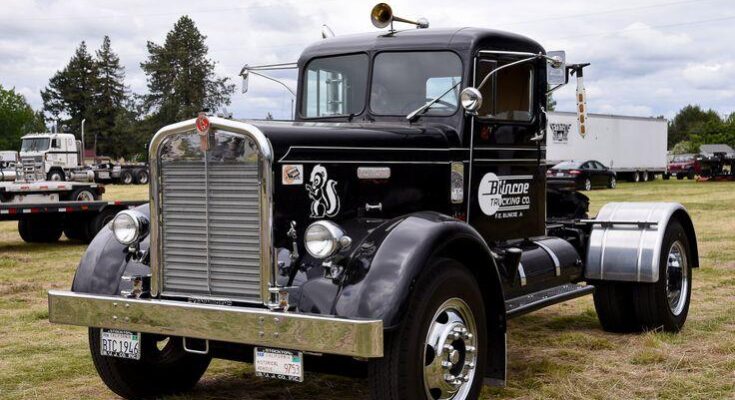1. Suzuki Jimny (1998-2018) – 20 YEARS
The pocket-sized, pretension free Jimny 4×4 has been delighting the world since 1970. The first generation lasted 11 years, and the second 17. The third generation only died in 2018, after 20 years.
Power ranged from 65bhp all the way up to a mighty 86bhp – but what it lost in power it more than made up with a switchable ultra-low range gearbox and featherlight weight of around 1000kg (2200lb). This made it practically unstoppable and utterly charming to boot. The latest model is a worthy follow up, and is somehow even shorter.
2. Fiat Panda (1980-2003) – 23 YEARS
The original Fiat Panda drew inspiration from the Citroën 2CV and the Renault 4. Fiat asked its development department to come up with a simple, robust car with nothing superfluous inside or under the hood, and it gave Italdesign the same set of instructions for the exterior. Everyone involved took that mission to heart. Early examples came with an air-cooled two-cylinder engine from the 126 and often-criticised leaf springs out back.
The Panda took on many identities during its long lifetime. Fiat offered it as a 4×4, a van with plastic body extensions and an electric car with two seats. A total of 4.5 million examples were built in Turin. Even 14 years after production stopped, the original Panda remains a common sight in Italy and in certain parts of France.
3. Peugeot 206 (1998-present) – 27 YEARS & COUNTING
Peugeot introduced the 206 in 1998 to finally replace the 205. The line-up was even bigger than before. The 206 came as a hatchback with two or four doors, a station wagon named SW, a convertible with a power-retractable hardtop and, in some markets, a four-door saloon.
Tallying up score cards from every factory that manufactured the 206 paints an illustrious production run of about 10 million units. The model’s most popular markets were Europe and Latin America.
The 206’s life cycle was full of unexpected turns. When Dacia’s success took Peugeot by surprise, executives tried surfing the low-cost wave by selling a stripped-down 206 named 206+ as a cheaper alternative to the then-new 207. In China, the 206 mutated into the Citroën C2 to provide the brand with an entry-level model. Today, the 206 is still being produced in Iran.






